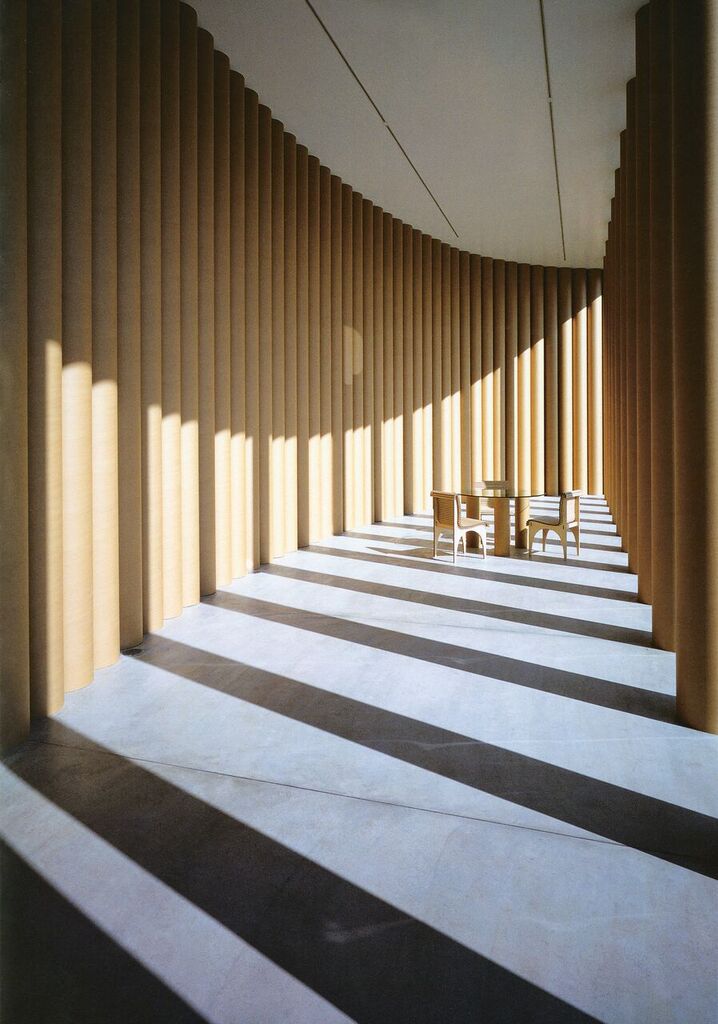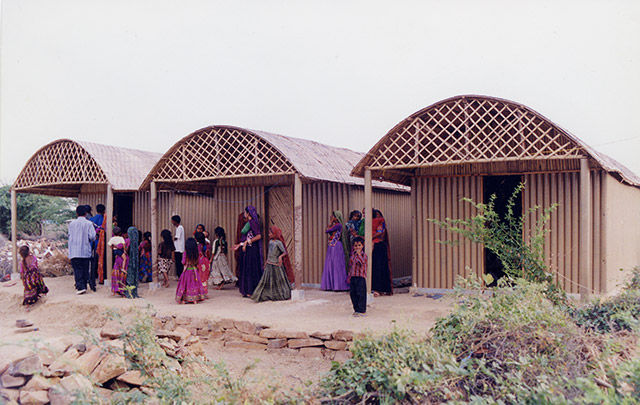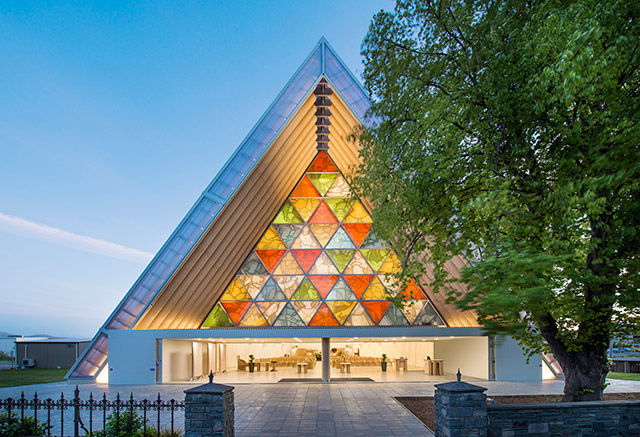Shigeru Ban is a Japanese architect. He is known for his innovative work with paper, particularly recycled cardboard tubes used to quickly and efficiently house disaster victims. He was born in Tokyo, Japan in 1957. Ban’s early life was surrounded by carpentry. His mother, a fashion designer, regularly enlarged the house to accommodate her seamstresses; his father worked for Toyota. So Ban observed the carpenters moving in and out of his house. In middle school, he was tasked with making a basic model of a house, then he discovered his talent and love for architecture. By chance, he stumbled upon a magazine article about the work of John Hejduk who was the dean of the architecture school at Cooper Union. After that, Ban decided that he wanted to study at Cooper Union. He studied at the Southern California School of Architecture from 1977 to 1980. From 1980 to 1982, he studied at the Cooper Union School of Architecture, and from 1982 to 1983 worked for the famous architect Arata Isozaki’s studio. He was the winner of the 2014 Pritzker Prize.

Shigeru Ban was most recognized for his innovative use of cardboard tubes as construction materials. He first used paper tubes in 1985-1986, notably in a gallery for fashion designer Issey Miyake. Ban suggested to the United Nations High Commissioner for Refugees in 1994 that shelters made of paper be constructed for Rwandan refugees and he designed 50 such kinds of structures in 1998.” After that, he has focused on “paper buildings” until now.

After Shigeru Ban won the Pritzker Prize, Patrik Schumacher(who is the principal architect of Zaha Hadid Architects) asked: “Does this mean that those who aspire to win the Pritzker – or the Nobel prize in physics – have to add humanitarian charity work into the mix?”
In my opinion, During the process of Pritzker Prize selection, Shigeru Ban’s project will not be deliberately focused only because of his humanitarian concern. I really like Shigeru Ban’s “focus” on one thing. Before the concept of energy-saving and environmental protection was mentioned by him in his 2013 TED talk and hyped by the media, he already focused on studying paper-based construction. So I feel that Shigeru Ban’s starting point is not only literally humanitarian or ecological awareness. From his works, I learned his continuous exploration of the paper as a material and the difference between the architectural form with traditional building materials and paper when the paper works as the construction element in the architecture. After 30 years of hard work, Shigeru Ban combined the temporary and lightness of the paper with the humanitarian projects‘ goals. The paper material scheme demonstrated by these projects proved its feasibility and convenience. All the amazing results show in these projects make him be respected by everyone.




The Pritzker Medal is engraved with three words: Delight, Commodity, and Firmness to represent expectations for excellent architecture. When the original human settlement environment is destroyed after natural disasters, Shigeru Ban’s efforts can realize the first batch of buildings that implement these words as much as possible. Isn’t this an interpretation of excellence?
Work Cited
“Ban Shigeru | Japanese Architect”. Encyclopedia Britannica, https://www.britannica.com/biography/Ban-Shigeru.
“Innovators – Shigeru Ban”. Web.Archive.Org, 2011, https://web.archive.org/web/20110510102719/http://www.time.com/time/innovators/design/profile_ban.html.
“Pritzker Architecture Prize Goes To Shigeru Ban (Published 2014)”. Nytimes.Com, 2014, https://www.nytimes.com/2014/03/25/arts/design/pritzker-architecture-prize-goes-to-shigeru-ban.html?_r=0.
“Pritzker Prize Winner Used Paper To Build Cathedral, Concert Hall And Homes For Refugees”. PBS Newshour, 2020, https://www.pbs.org/newshour/arts/pritzker-prize-winner-shigeru-ban-designs-houses-out-of-paper.
“Shigeru Ban Named Pritzker Laureate For 2014”. Archdaily, 2020, https://www.archdaily.com/489209/shigeru-ban-named-pritzker-laureate-2014.

I wonder how he hid the front doors of the Paper church.
I loved reading about your interpretations of his work!! It shows that you researched very thoroughly.